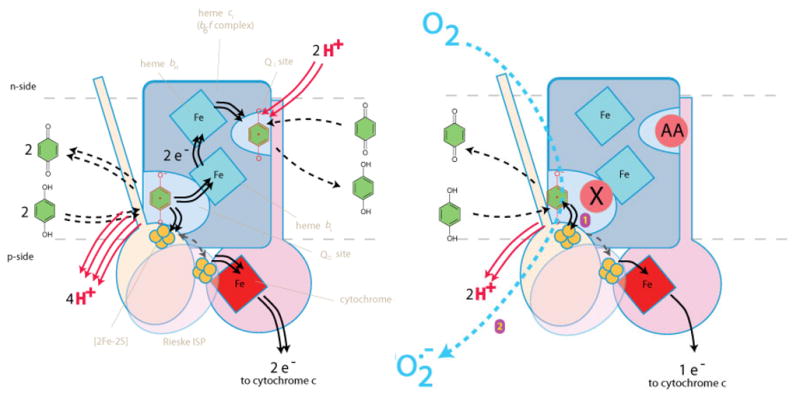Figure 1. The uninhibited Q-cycle and superoxide production under partially inhibited conditions.

Left) The Q-cycle, showing how two turnovers at the Qo site sends two electrons through the high-potential chain to cyt c, and two electrons through the low-potential chain to reduce a quinone bound at the Qi site. These reactions release four protons from QH2 at the Qo site (red arrows), and the take up two protons by Q at the Qi site (red arrows), resulting in a net 2H+/e− translocation stoichiometry. Right) Blockage of the low-potential chain prevents transfer of the second QH2 electron following the initial transfer to the high-potential chain. The reactive SQ intermediate accumulates in Qo and can reduce oxygen to form superoxide (blue arrow), or participate in other non-productive ‘bypass reactions’. Both panels show pivoting of the Rieske ISP, which partially gates reactions of the SQ to prevent double reduction of the high-potential chain.
